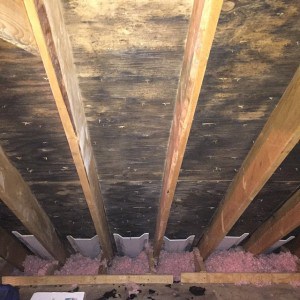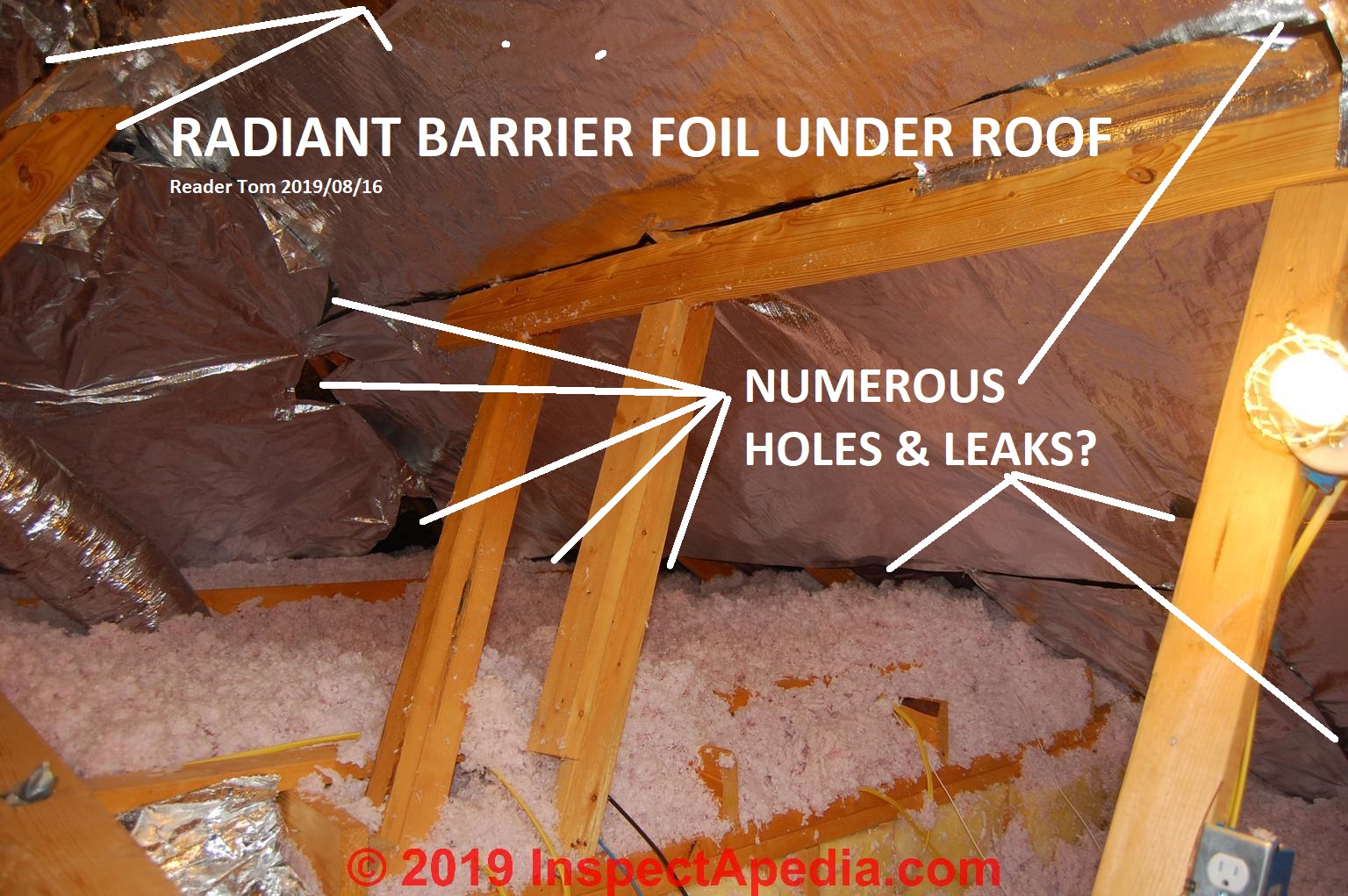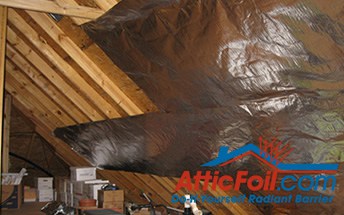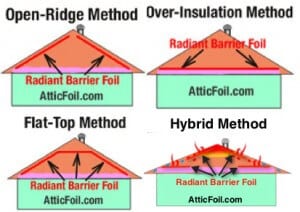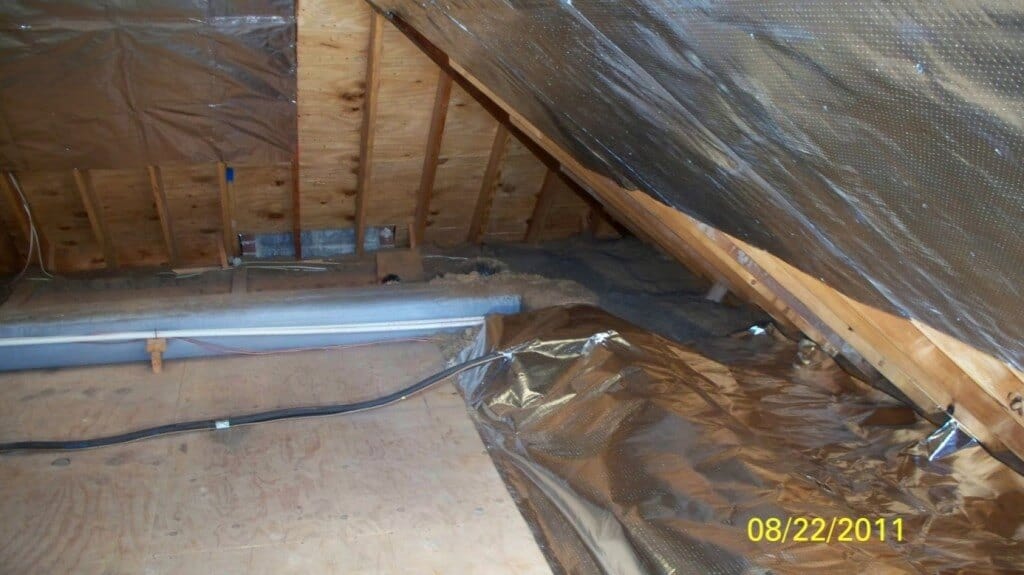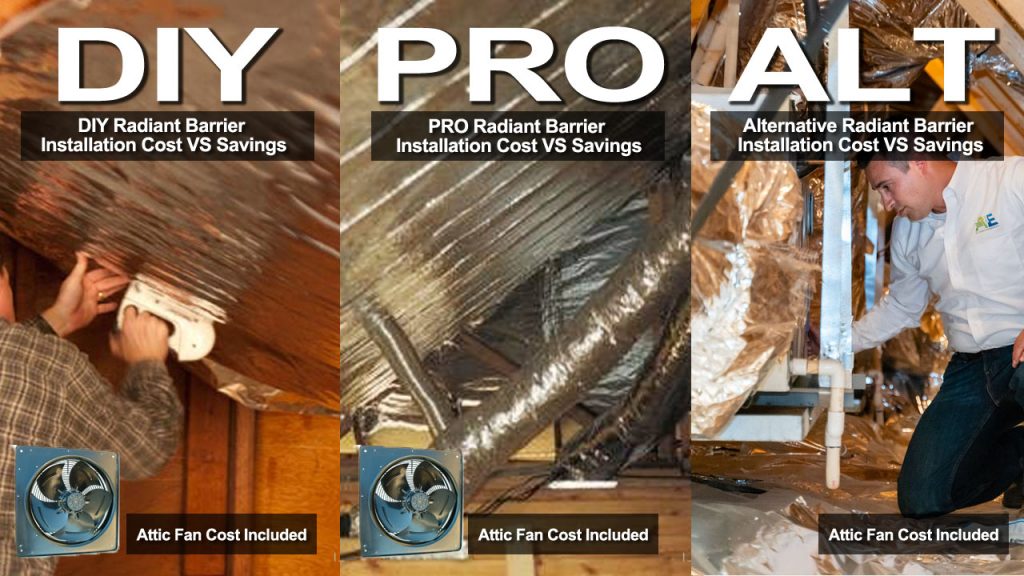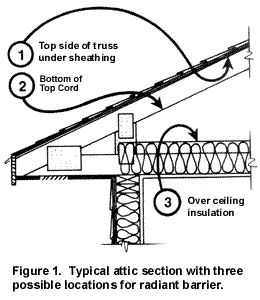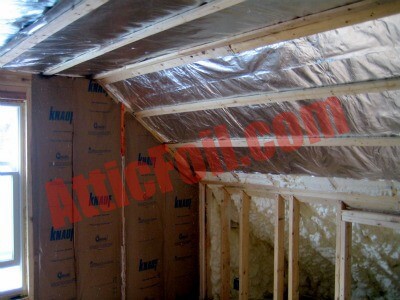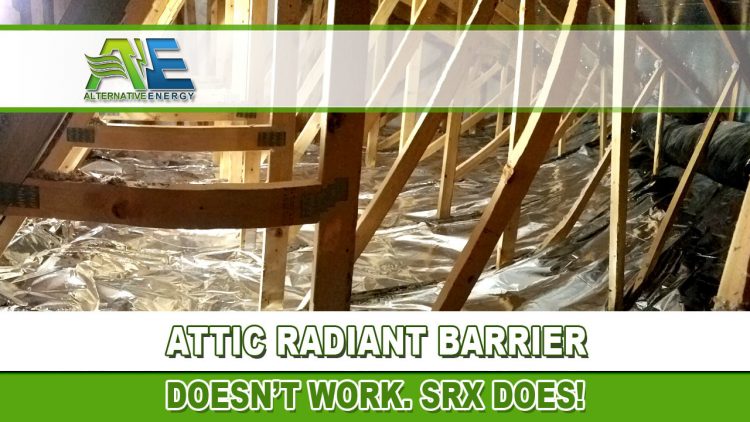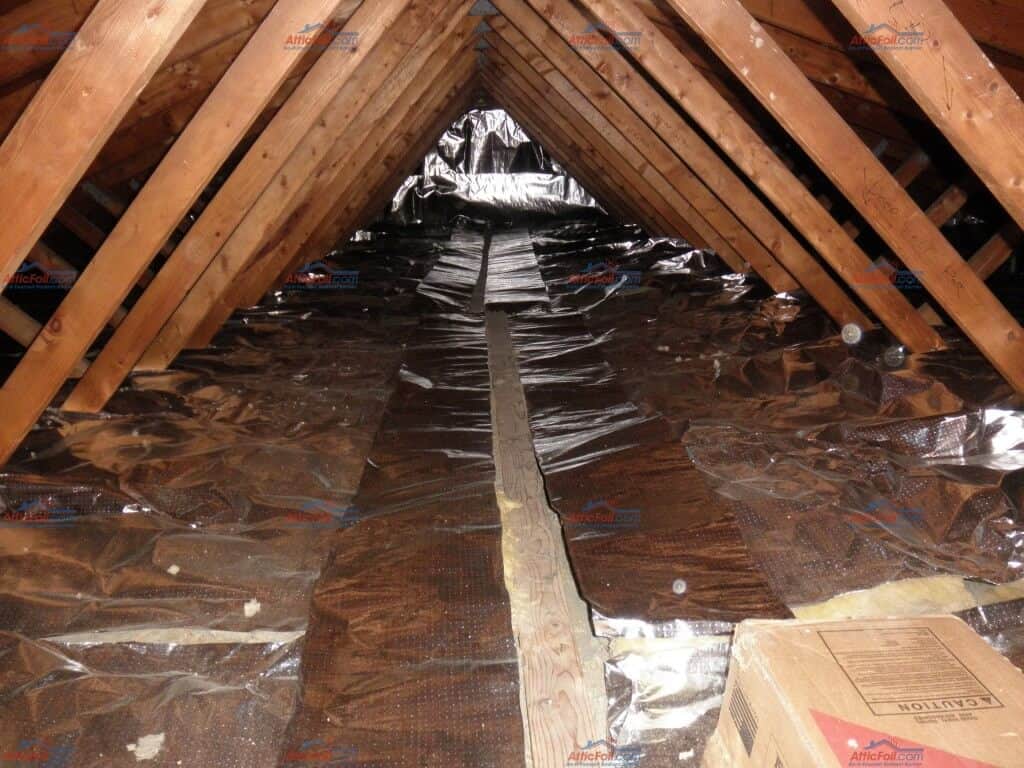Replacing Roof Affect Radiant Barrier In Attic

A radiant barrier can lower heat transfer from attics to the building below keep the attic space cooler and lower cooling costs by up to 17 in warmer climates.
Replacing roof affect radiant barrier in attic. Radiant barrier is a home insulation type that is focused on reducing summer heat gain. Unlike traditional thick layers of insulation radiant barrier is a thin reflective material. If you live in a slab foundation home then your air ducts are probably located near the ceiling and attic. Radiant barriers are utilized to reduce summer heat gain in attics and help to improve the efficiency of green building envelopes.
We take a look at how radiant barriers work the different types of radiant barriers and some of the. The roof still is gaining and loosing heat. A radiant barrier works best when it is perpendicular to the radiant energy striking it. The heat from the roof then travels into the attic.
To understand this better consider a room with one light source in the form of an unshaded light bulb hanging in the middle of the room. If you re searching for does attic radiant barrier work or is radiant barrier worth it this article will help. A radiant barrier discussed in further detail within this article will stop the radiant heat from reaching the attic. Radiant heat can affect the air ducts.
The radiant barrier is basically just directing the same amount of heat away from the attic and the attic insulation. Black asphalt roof shingles absorb over 90 of the radiant heat that strikes them making them easily over 170 degrees on a hot summer day. The hot roof material then radiates its gained heat energy onto the cooler attic surfaces including the air ducts and the attic floor. This thin reflective material is designed to bounce.
